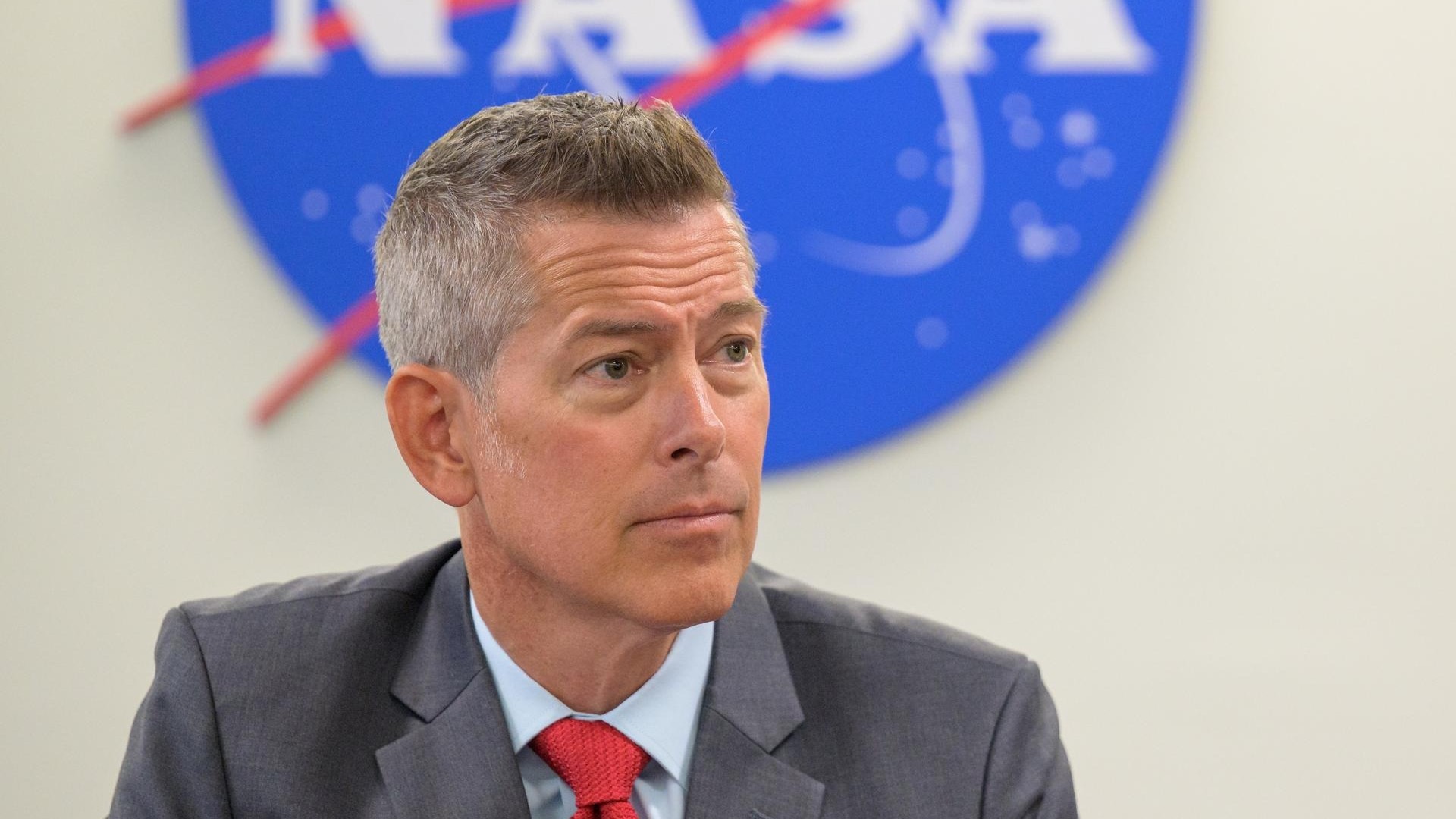Did a Supernova Give Birth to Our Solar System?

The explosive death of a star — that may have been up to a dozen times the sun's mass — might have triggered the formation of the solar system, a new study finds.
The sun as well as the rest of the solar system was born from a cloud of gas and dust about 4.6 billion years ago. According to previous research, some event disturbed this cloud, prompting a gravitational collapse that formed the sun and a surrounding disk of matter, where the planets were born.
By searching for telltale patterns that have been left in matter from the dawn of the solar system, Yong-Zhong Qian, co-author of the new study and an astrophysicist at the University of Minnesota in Minneapolis, and his colleagues now suggest that the explosive death of a small star could have kicked off that collapse. [Our Solar System: A Photo Tour of the Planets]

Prior work has suggested that a supernova's shock wave might have packed enough energy to compress the preexisting cloud of dust. And researchers have searched for evidence of that blast: Supernovas generate telltale patterns of unstable, short-lived radioactive isotopes. The discovery of the signatures of such anomalies in ancient rocks would help confirm the idea that a supernova triggered the solar system's formation. (The isotopes of an element have different numbers of neutrons. A different number at the end of the isotope's name identifies each variety: for example, beryllium-9 or beryllium-10.) Until now, researchers have failed to find the fingerprints of these isotopic anomalies in ancient meteorites that were left over from the birth of the solar system. However, researchers had been examining supernovas from relatively high-mass stars — those that are 15 or more times the sun's mass, Qian told Space.com. Qian's group chose to model lower-mass supernovas instead, from stars that are 12 times the sun's mass or less, and they investigated what isotopes would be formed from those explosions. They focused on the production of beryllium-10, an isotope that is commonly found in meteorites. Its prevalence in meteorites was already a mystery for researchers, Qian said. One theory held that high-energy cosmic rays could have stripped away protons or neutrons from atomic nuclei to create the beryllium-10 — a process called spallation.
Using new supernova models, Qian and his colleagues found that a low-mass supernova could generate vast amounts of ghostly particles known as neutrinos, whose influence on atomic nuclei could have created beryllium-10 — which would explain the high levels of that isotope in the meteorite record.
Moreover, the researchers said that the influence of a low-mass supernova might also explain the presence of other short-lived isotopes that are also found in meteorites, such as calcium-41 and palladium-107. "A low-mass supernova can explain the wide range of data that we have," Qian told Space.com.
Breaking space news, the latest updates on rocket launches, skywatching events and more!
Qian noted that the study group's findings do not explain the presence of all short-lived isotopes that are found in meteorites. "We think that some of these other short-lived nuclei might have been contributed by other mechanisms," Qian said. "I don't think that should be taken as a weakness of our model — it's just that our model cannot explain everything. Our work is a major piece of the puzzle about the solar system's formation, but there are other pieces of the puzzle that should be looked at as well."
Future research can also investigate what effects a shock wave from a low-mass supernova might have had on the cloud that became the solar system, Qian said. The scientists detailed their findings online Nov. 22 in the journal Nature Communications.
Follow Charles Q. Choi on Twitter @cqchoi. Follow us @Spacedotcom, Facebook and Google+. Original article on Space.com.
Join our Space Forums to keep talking space on the latest missions, night sky and more! And if you have a news tip, correction or comment, let us know at: community@space.com.

Charles Q. Choi is a contributing writer for Space.com and Live Science. He covers all things human origins and astronomy as well as physics, animals and general science topics. Charles has a Master of Arts degree from the University of Missouri-Columbia, School of Journalism and a Bachelor of Arts degree from the University of South Florida. Charles has visited every continent on Earth, drinking rancid yak butter tea in Lhasa, snorkeling with sea lions in the Galapagos and even climbing an iceberg in Antarctica. Visit him at http://www.sciwriter.us
